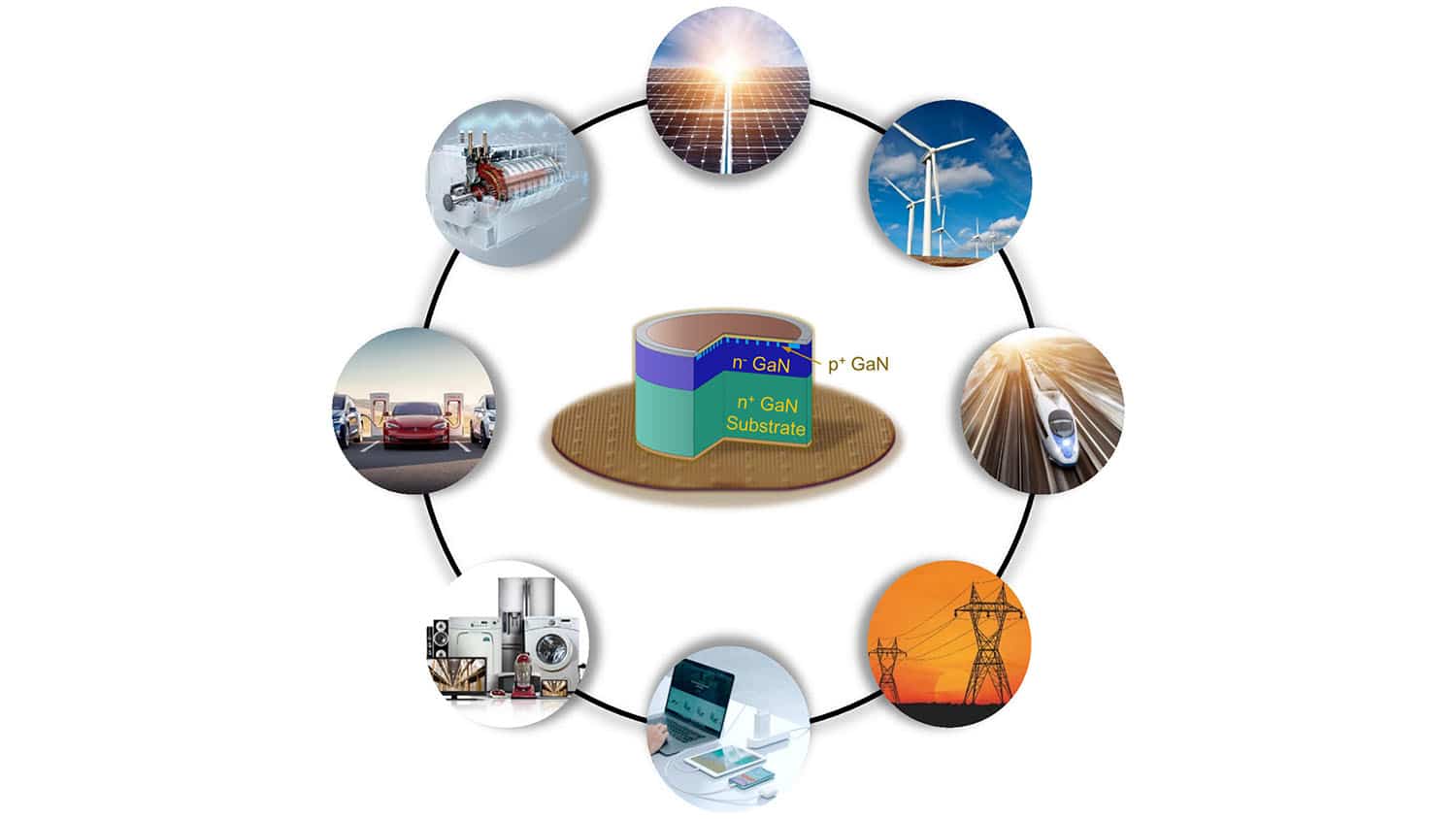新しいアプローチは、エネルギーを効率的に動かし、光を電気に変換する際のエネルギー損失を減らす可能性がある The new approach moves energy efficiently and could reduce energy losses converting light into electricity
2022-09-06 ミシガン大学
光と物質のハイブリッド混合状態をサポートできる構造を作り上げ、効率的で非常に長い距離のエネルギー輸送を可能にした。
光子と電子と正孔の混合物は、ポラリトンとして知られている。ポラリトンの状態では、光のような性質があるため、0.1ミリメートルという比較的大きな距離を素早く横切ることができる。これは、励起子が葉の中を移動する距離よりもさらに長い距離である。
研究チームは、鏡に似たフォトニック構造の上に、光を吸収する薄い半導体を重ね、そこに光を照射することでポラリトンを作り出した。この部分は、葉緑体のアンテナ複合体のような働きをし、広い範囲に光エネルギーを集める。半導体は、鏡のような構造を利用してポラリトンを検出器に導き、検出器はポラリトンを電流に変換する。
<関連情報>
- https://news.umich.edu/photosynthesis-copycat-may-improve-solar-cells/
- https://opg.optica.org/optica/fulltext.cfm?uri=optica-9-9-1029&id=497657
有機励起子ポラリトンの長距離伝搬に伴う光電流の発生 Photocurrent generation following long-range propagation of organic exciton–polaritons
Bin Liu, Xinjing Huang, Shaocong Hou, Dejiu Fan, and Stephen R. Forrest
Optica Published: September 1, 2022
DOI:https://doi.org/10.1364/OPTICA.461025
Abstract
Natural photosynthesis exploited by both plants and bacteria provides essential energy and chemicals for sustaining life. A photosynthetic system often comprises antenna complexes (ACs) that absorb incident sunlight and deliver the molecular excited state energy to a central reaction center (RC) that converts the energy to charge. Numerous efforts have been made to mimic natural photosynthesis using organic materials. However, short-range energy transport due to material disorder has hindered their success. Here, we demonstrate a photodetector that mimics this natural architecture. It employs an AC that exploits exceptionally long-range (∼100µm<?XML:NAMESPACE PREFIX = “[default] http://www.w3.org/1998/Math/MathML” NS = “http://www.w3.org/1998/Math/MathML” />∼100µm) Bloch surface wave polariton propagation that directs the excited states to an organic heterojunction detector serving as the RC. Exciton–polaritons are largely immune to localization due to the partial photonic character of the polariton, which consequently transports energy over extraordinary distances from its point of origin. Exciton–polaritons are edge-coupled into an RC that harvests excitation energy by dissociation into an electron and hole. This device relies on polariton-to-charge conversion combined with long-range energy transport for the direct detection of excited states in organic semiconductors. Our work paves the way for the realization of large-scale artificial photosynthetic systems comprising integrated organic photonic and optoelectronic devices with efficient energy transport and harvesting under ambient conditions.



